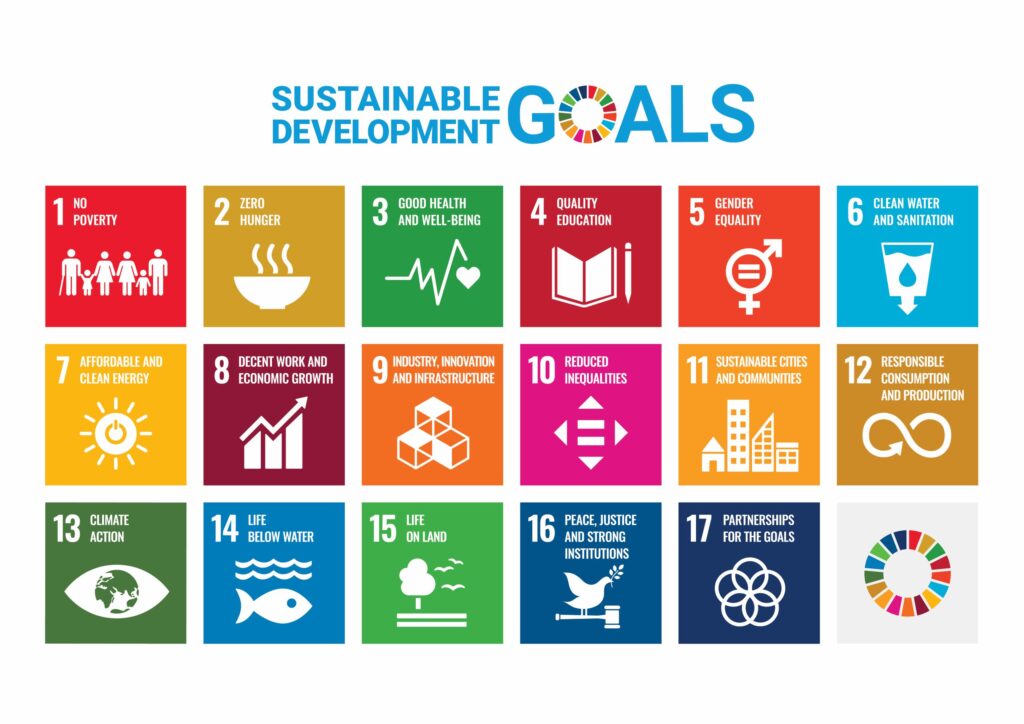It is time to take action on Sustainable Aquatic Research
DOI:
https://doi.org/10.5281/zenodo.7386377Keywords:
Sustainablity, Aquaculture, Innovation, aquatic researchAbstract
For most of human history on the planet, food acquisition has depended upon hunter-gathering involving a nomadic lifestyle for comparatively small groups of individuals. By modern standards, the total population would have been very low. Then approximately 12,000 years ago agriculture developed in the Near East, i.e. the Neolithic Revolution, leading to long-term and increasingly large human settlements. For the first time, finding food did not need to be the dominant activity for everyone all the time. Waste and its disposal were unlikely to have been a concern to these people. However, the hunter-gatherer approach to aquatic food continued. Indeed, aquaculture was not developed until more than 4,000 years ago, initially in China, and involved the rearing of common carp (Cyprinus carpio). The utopian notion about these ancient times was that humans lived in harmony with the environment. Fast forward to the 1760s and the start of the Industrial Revolution in Europe and North America. By this period, the global human population had increased to excess of 800 million, and there was a movement of people from rural to larger urban areas. Natural resources began to be used excessively, and waste materials were dumped onto the land and into waterways; gaseous compounds were released into the atmosphere. Currently, the global human population has grown to almost 8 billion with economies relying on growth despite finite resources (realistically, can this attitude be maintained into the future?); pollution is a major issue. Macro and micro-pollutants, including plastics and fishing nets/lines, abound in previously pristine marine habitats. Television programmes document marine mammals injured by netting; empty plastic drinks bottles may be found floating against shorelines even in remote areas. It is apt to recall the comment of Dr. Sherry Rogers that “the solution to pollution is dilution”, although at long last there are serious efforts to combat pollution, and reduce waste, such as by recycling. We have been guilty of plundering resources, for example destroying forests for timber, and overfishing the seas/oceans almost to the extent of species extinction. Fortunately, at last, environmental issues have come to the fore, especially the problems associated with climate change leading to extreme weather patterns and enhanced temperatures.
Societies are realizing the need to attain sustainability for all key activities. There has been a moratorium on whale hunting, which has led to a large-scale increase in the numbers of these large mammals. Nations are working on controlling fishing to protect key species. We are moving from reliance on fossil fuels, much of which is extracted from deep sea wells with the added problem of the accidental release of hydrocarbons into the surrounding waters. Renewable energy is in vogue, including the use of wind turbines and for the future, wave power.
Aquaculture, which has seen rapid expansion since World War 2, is embracing sustainability, for example by researching alternatives to using large quantities of trash fish for protein and oil in diets for carnivorous fish. New technologies are embraced. Apart from providing high-quality food to increasing human populations, aquaculture is contributing to restocking aquatic systems with rare and endangered species, thereby preserving and enhancing biodiversity. At long last, society is recognizing the problem of a growing human population, which is devastating the planet. Now is the time for innovative solutions. There has never been a greater need for sustainable aquatic research.
Downloads
Published
How to Cite
Issue
Section
License

This work is licensed under a Creative Commons Attribution-NonCommercial 4.0 International License.






